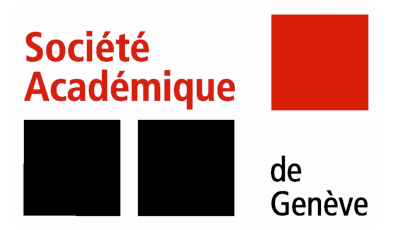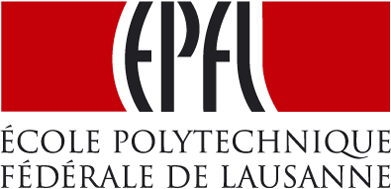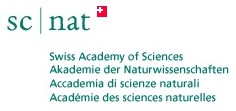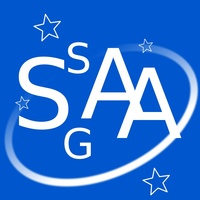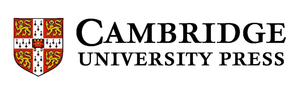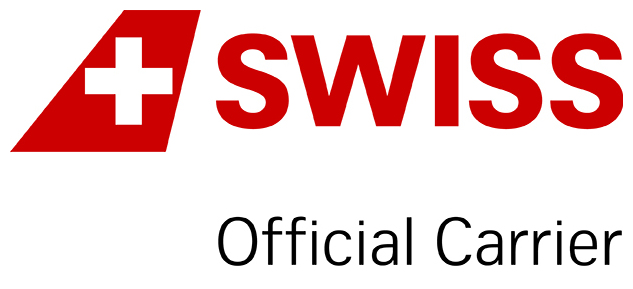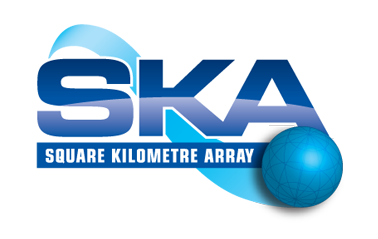Special Session Sp2
2 – 3 July 2014
Helios and Helium: what is wrong with them ?
News:
The PROGRAM of Sp2 is now available.
Sp2 will stretch over two days. On Wednesday, July 2nd, Sp2 will start after the Gaia Symposium, as the natural continuation of its final block dedicated to Gaia-asteroseismology synergies (Symp. 3, Wed 2 July, 14.00-15.30). On Thursday, July 3rd, it will focus on the remaining topics: asteroseismology, low mass stellar models, model atmospheres.
Aims and scope
 We are living exciting times for stellar and Galactic astrophysics, aided by present and upcoming space borne missions, and theoretical advances.
We are living exciting times for stellar and Galactic astrophysics, aided by present and upcoming space borne missions, and theoretical advances.
Realistic 3D model atmospheres are drastically changing our view on the outer layers of stars, while asteroseismology is routinely using global oscillation frequencies to infer their fundamental properties. Both fields are proving very successful, yet not all pieces of the puzzle are falling into place. The latest solar abundance determinations wreak havoc with the standard solar model; while asteroseismology cannot fit moderately metal poor Main Sequence stars, unless using unphysically low helium abundances, or varying convection prescriptions (mixing length) with metallicity. This conundrum was already suggested by older studies of the fine structure of the HR diagram in the low Main Sequence.
The situation is especially worrying since Main Sequence models are the simplest and traditionally most secure ones. Stellar models, via HR diagrams and population synthesis, are one main tool to interpret the Milky Way and external galaxies out to cosmological distances.
This is particularly important at the dawn of the Gaia Era, where the synergy between different techniques has the potential of delivering exquisite stellar parameters, and reliable models are thus needed.
The purpose of this Special Session is to gather experts from different fields, to highlight successes, discuss problems and failures as well as new ideas to proceed forward.
Programme
VIEW THE PROGRAM OF SP2 HERE
Topics :
- Complementary observables: Gaia and asteroseismology
- Asteroseismic studies of the Sun and Main Sequence stars
- Low-mass stellar models
- 3D model atmospheres, stellar boundary conditions and opacities
Invited speakers
- Santi Cassisi (Osservatorio Astronomico di Collurania, Teramo, Italy)
- Remo Collet (Australian National University, Canberra, Australia)
- Andrea Miglio (University of Birmingham, UK)
- Maria Fernanda Nieva (University of Innsbruck, Austria)
- Aldo Serenelli (Institute of Space Sciences, Bellaterra, Spain)
- Antonella Vallenari (Osservatorio Astronomico di Padova, Italy)
- Achim Weiss (Max Planck Institut fur Astrophysik, Garching, Germany)
Scientific organizers
Luca Casagrande, Orlagh Creevey, Laura Portinari: co-chairs
Martin Asplund, Bill Chaplin, Andreas Korn, Antonella Vallenari, Achim Weiss
Contact
helios.ewass @ gmail.com
Updated on Tue Jun 17 10:56:15 CEST 2014
|
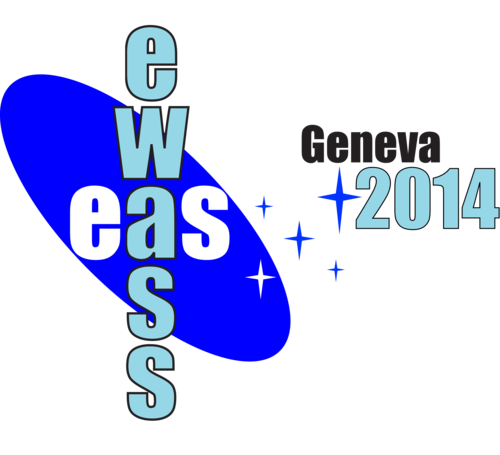
 A power cut will shut down all EAS services on Tuesday, 10 January 2017 starting at 7:30 CET.
A power cut will shut down all EAS services on Tuesday, 10 January 2017 starting at 7:30 CET.



